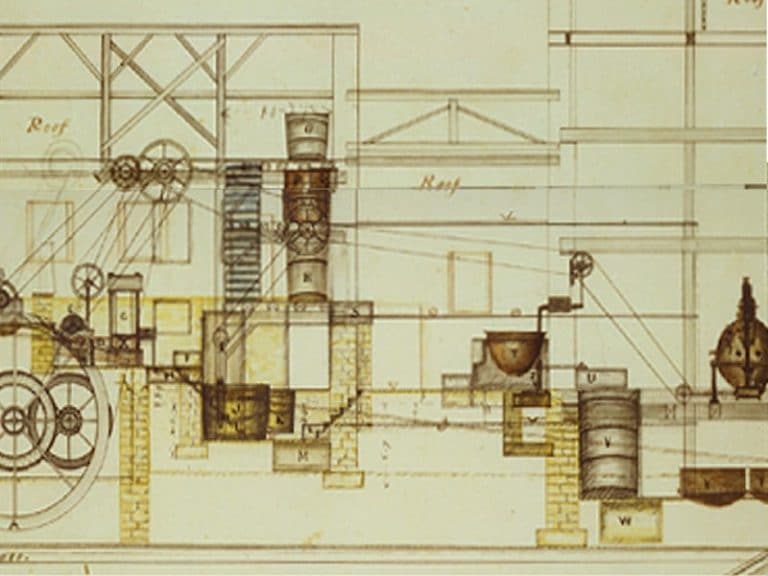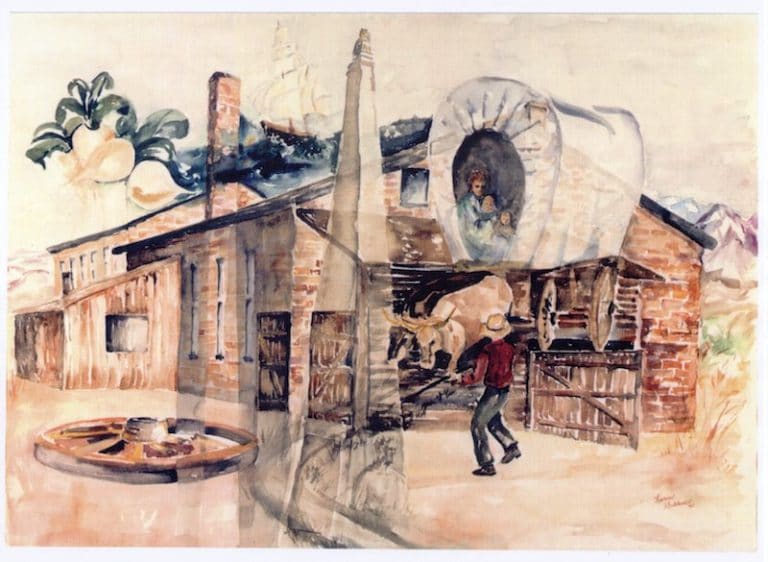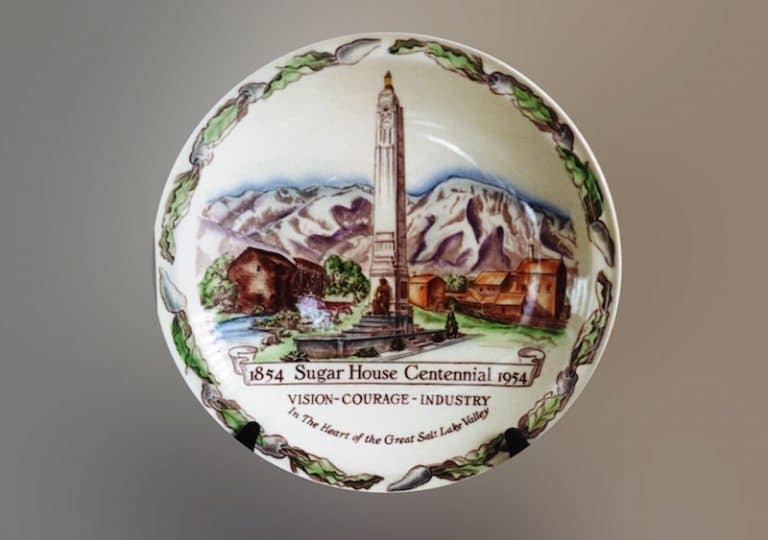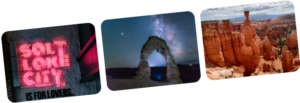
“That is the biggest radish I ever saw!” exclaimed a Sprague Branch Library patron recently. It is just one of many misconceptions about the homely sugar beet, the most recognizable symbol of Sugar House. The four bronze sculptures set in front of the library and at each end of Hidden Hollow look nothing like the red table beets most of us are familiar with. The knobby sugar beets that were planted for making sugar in Utah’s pioneer era are huge and white.

Historic Sugar House, written by Nicholas G. Morgan, Sr., details the Deseret Manufacturing Company’s mission to France in 1851 to procure the apparatus and technology for producing granulated sugar from locally grown beets. That was one of several expeditions ordered by Territorial Governor Brigham Young to bring new industries to the State of Deseret, to make it as self-sufficient and autonomous as possible. The assignment, which took two years, resulted in construction of a factory that gave Sugar House its name.
Twelve hundred pounds of the finest French beet seeds were shipped to Utah in 1851 to be planted on Brigham Young’s Forest Farm, which occupied the area between 2100 S and 2700 S, and from 500 E to 1100 E. LDS Church Architect Truman O. Angell designed the sugar mill that would refine the juiced beets into crystallized sugar, and he assembled the machinery.

In 1854, before the factory was ready, about 300 acres of beets were planted in the Church farm and surrounding fields. More than 22,000 bushels of beets were ground and pressed for syrup, but the results were deemed inedible.
The effort to produce sugar was a complete failure and was abandoned in 1855. Molasses from sorghum cane became the principal source of sweetener in Utah. The sugar mill was repurposed to produce floorboards for constructing buildings and later to make paper. Meanwhile, other efforts in the US to refine sugar from beets also failed. Finally, in 1887, granulated beet sugar was produced successfully in a factory in Lehi.

Karen Matthews, Morgan’s granddaughter, has amassed an extensive collection of documents and photos that create a vibrant narrative about the mission to France, the manufacture of machinery in Liverpool, and the journey west across the Atlantic and North American wilderness to bring the sugar-making equipment to Utah.
In her pamphlet, Sugarhouse—Did You Know?, Matthews says that the old factory located near the southeast corner of 2100 S and 1100 E was later used as a woolen and carding mill, a button factory, a bucket and tub works, a roundhouse for the Utah Central Railroad, and a weighing station for the Bamberger Coal Company. It was demolished in 1928, but not before the neighborhood that was named for it had become famous as the thriving residential and commercial center it is today.






